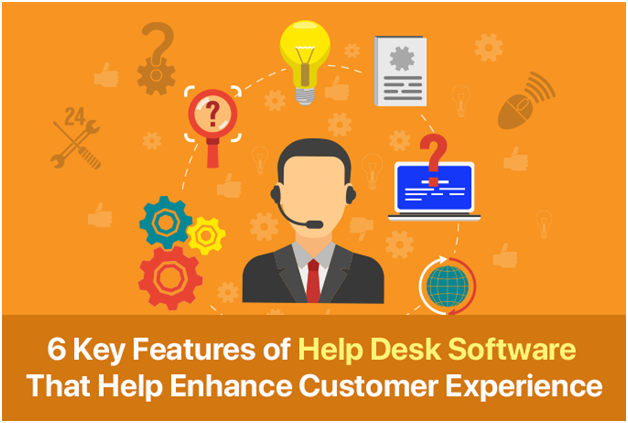
A business can remain at the top of their game if they keep improving on the quality of their product and services.
Ways through which quality can be improved day-by-day are through:
- Continuous research and development
- Observing trends and requirements of the market as well as the competition
- Interpreting customer feedback into solutions
Out of these three, implementing the voice of the customer is pivotal to the success of a product since recommendations are streaming right from the end-user. Whether it is a suggestion, complaint, or feedback, any input from the customer, if recorded and analyzed accurately, can give us crucial customer insight.
Businesses usually setup one inbox with a single contact email ID. The customer entries from a shared email pool which can be accessed by multiple representatives through any preferred email-based customer relationship management (CRM) tool.
A traditional CRM tool is useful in answering to the customer, but it lacks the capabilities of a contemporary Help Desk Software. What is wrong with a good old email system that is still capable of answering customer queries?
Well, nothing except the shortage of discerning the customer’s way of thinking. Let us review some of the benefits a help desk software offers over the usual system and what makes it necessary to implement:
1). Segregation:
One of the essential features that a Help Desk Software offers is the setting apart of different customer queries and allocating them to respective queues. This sorting completely avoids assemblage of all customer emails into one large pool and answering them or sorting them individually. Sorting of customer queries at the initial stage itself ensures that the query lands on the pan of the right responder designated to answer the specific request type and the time to reply gets reduced. The segregated sequences help in storing data with particular tags and relations, making organizing and further analysis of information effortless task.
2). Proactive Approach:
Making use of graphical control elements can help set up a drop-down menu system. With its help, a customer can be enabled to specify the issue rather than writing down the problem in their own words, which would complicate segregation. The customer will still get an option to convey the point in their own words. However, the availability of crucial control elements from the system can help a representative understand the issue beforehand. This arrangement not only makes sorting effective but also helps in realizing the customer that the provider also is aware of the run-of-the-mill problems a customer might face.
3). Answering FAQs:
With a system available to narrow down service problems, the system can pinpoint the specific issue along with readily responding after validating from the available quick response database. Knowing that you are being heard sometimes instills more assurance than getting answered. An acknowledgment from the business end will reinforce the customer’s faith in the brand, and a prompt resolution will build a rapport based on trust. Hence, a help desk software is not only helping in resolving queries in a better and efficient manner but is also helping to develop a reciprocating relationship with the customer.
4). Prioritization:
A linear system is unable to gauge precedence and deals with all incidences submitted with equal importance. Through control elements and type of request, a help desk software can assign a priority level to specific inquiry types. Prioritization can also be of further assistance in times when there is a known issue ongoing. With a proactive approach and a high priority assigned to the particular event, services can manage customer expectations with high levels of satisfaction. The anticipatory approach will save the customer’s valuable time. The business will also witness the transformation of the emotion of discontentment into admiration.
5). Quality Support:
With efficient segregation, reduced queues, assigned priorities, and well-set expectations, the right person can get allocated with the proper inquiry. Ability to delegate helps in determining whether a query needs to get answered through an SLA based system, it requires technical support or if it needs a live representation. An effective delegation guarantees proper resolution and optimal utilization of the business resources. Overdue queues and overburdened representatives are bound to result in delivery of inferior services to the customer. Implementation of help desk software completely evades such undesired events.
6). Scalability:
With practices bound to change and evolving requirements, scalability has become an essential aspect while developing or incorporating something new into the way a business works. A growing business needs the type of technological advancement that is scalable with varying wants and needs. Help desk software provides a scalable platform which not only meets the current business needs but also possesses functionality that supports the growing customer demands. A legacy emailing system will only hinder the advancement of positive customer perception. Opting for a dynamic help desk software would only result in enhanced customer interaction.
This discussion primarily reveals that continuing the use of a standard email system will keep a business oblivious to the fact that the availability of precise data and it’s correct interpretation can lead to the enrichment of customer experience while communicating with the provider especially with the customer servicing end. With customer input easily segregated, recorded, and analyzed, the core message interpreted from this data gets channeled to the business as feedback.
Simply put, help desk software is the next step in the evolution of customer service that only simplifies the way things get done but is also a tool which accommodates the inclusion of customer views in the development process of a business.